Hedera or Ivy Care: The versatile climbing plant to bring life to your spaces
Hedera
Hedera, commonly known as ivy, is a climbing plant native to Europe, North Africa, and parts of Asia. With its lush foliage and ability to climb and cover surfaces, hedera is a popular choice for adding greenery and freshness to indoors and outdoors.
___________________________________________________________________________
Hedera Care:
Light:
Hedera tolerates a variety of light levels. It can grow in shaded areas or with indirect light, but can also tolerate bright light. Find a balance and avoid direct exposure to intense sunlight, as this can burn the leaves.
Water:
Keep the substrate slightly moist, but avoid overwatering. Allow the top layer of the substrate to dry before watering again. Make sure to provide good drainage to prevent root rot.
Substratum:
Use a well-drained substrate rich in organic matter. A mixture of potting soil and peat works well. Hedera prefers a slightly acidic substrate.
Temperature:
Hedera helix is hardy and can tolerate a wide range of temperatures. However, it prefers moderate temperatures between 15°C and 24°C (59°F to 75°F). Avoid prolonged exposure to extreme temperatures.
Toxicity:
Attention pet owners! Some Hedera species can be toxic to dogs and cats if ingested in large quantities. Keep your pets away from the plant and consult a veterinarian if ingested.
Additional:
This plant is also known for its ability to purify the air, eliminating toxins and improving the quality of the indoor environment.

___________________________________________________________________________
Common problems:
-
Pests: Ivy can be susceptible to pests such as spider mites, mealybugs, and aphids. These pests can cause leaf damage and weaken the plant. Regularly inspect the plant for signs of pests and take control measures if necessary, such as using natural insecticides or manually removing pests.
-
Yellowing or drooping leaves: Yellowing or drooping leaves on ivy can indicate watering problems. Overwatering or underwatering can affect the plant's health. Make sure to water it properly, avoiding both waterlogging and underwatering.
-
Uncontrolled growth: Ivy can grow vigorously and spread rapidly, especially under ideal conditions. This can lead to it overtaking other plants or unwanted areas. Keep ivy growth under control by pruning regularly and limiting its growth.
-
Sensitivity to Extreme Temperatures: Ivy is hardy, but can be affected by extreme temperatures. Severe frost or excessive heat can damage the plant. Protect ivy during adverse weather conditions and avoid locating it in areas exposed to extreme temperatures.




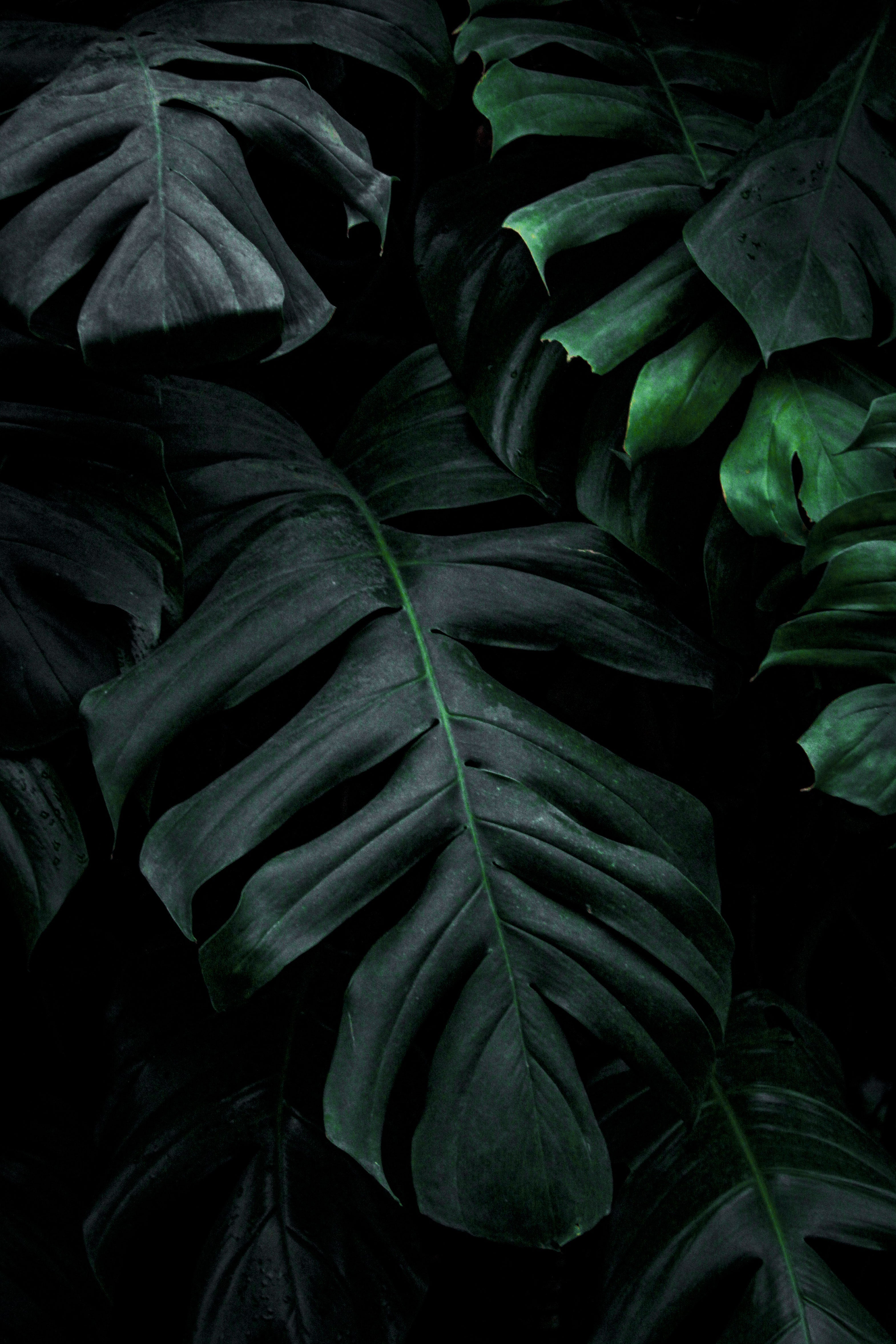
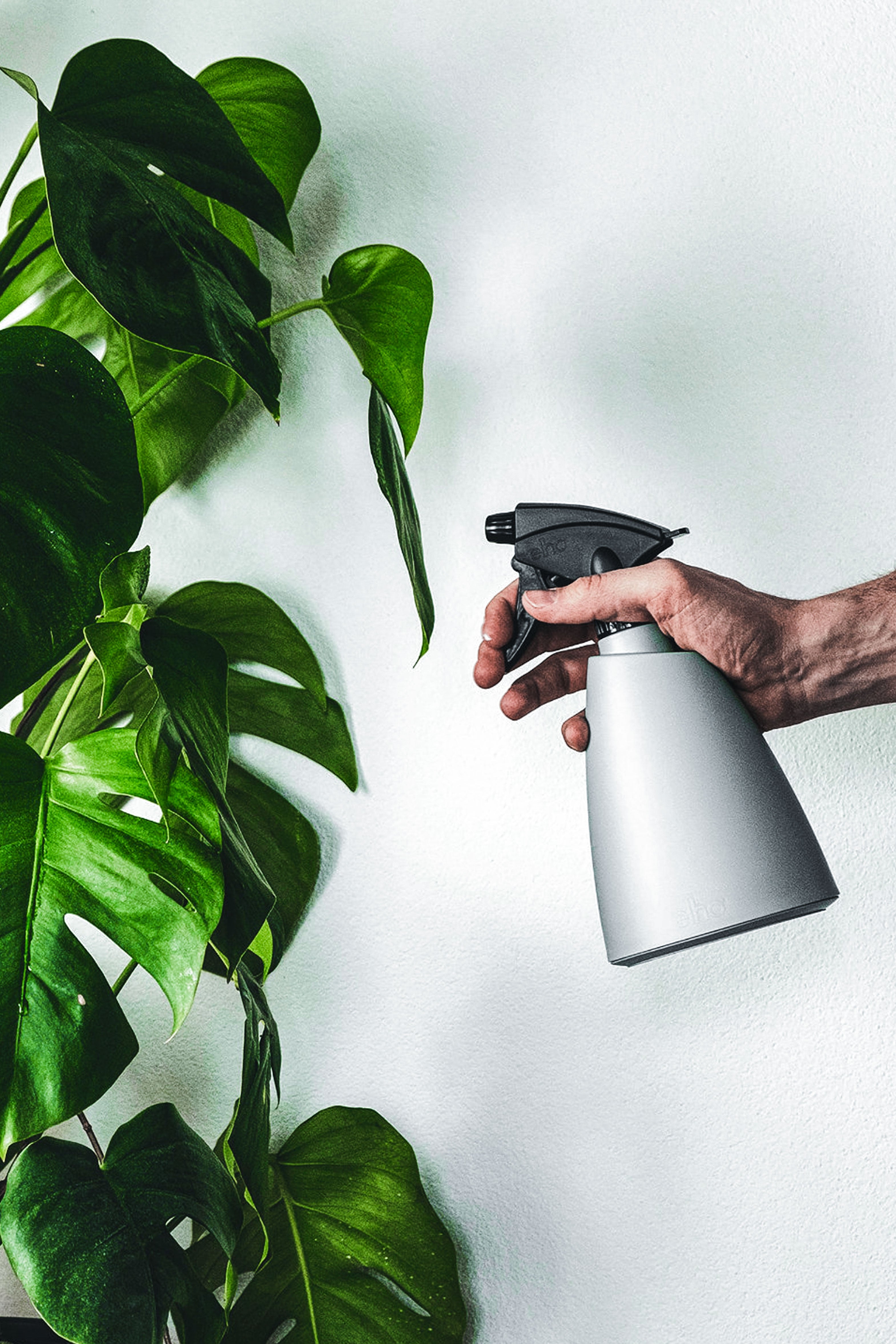
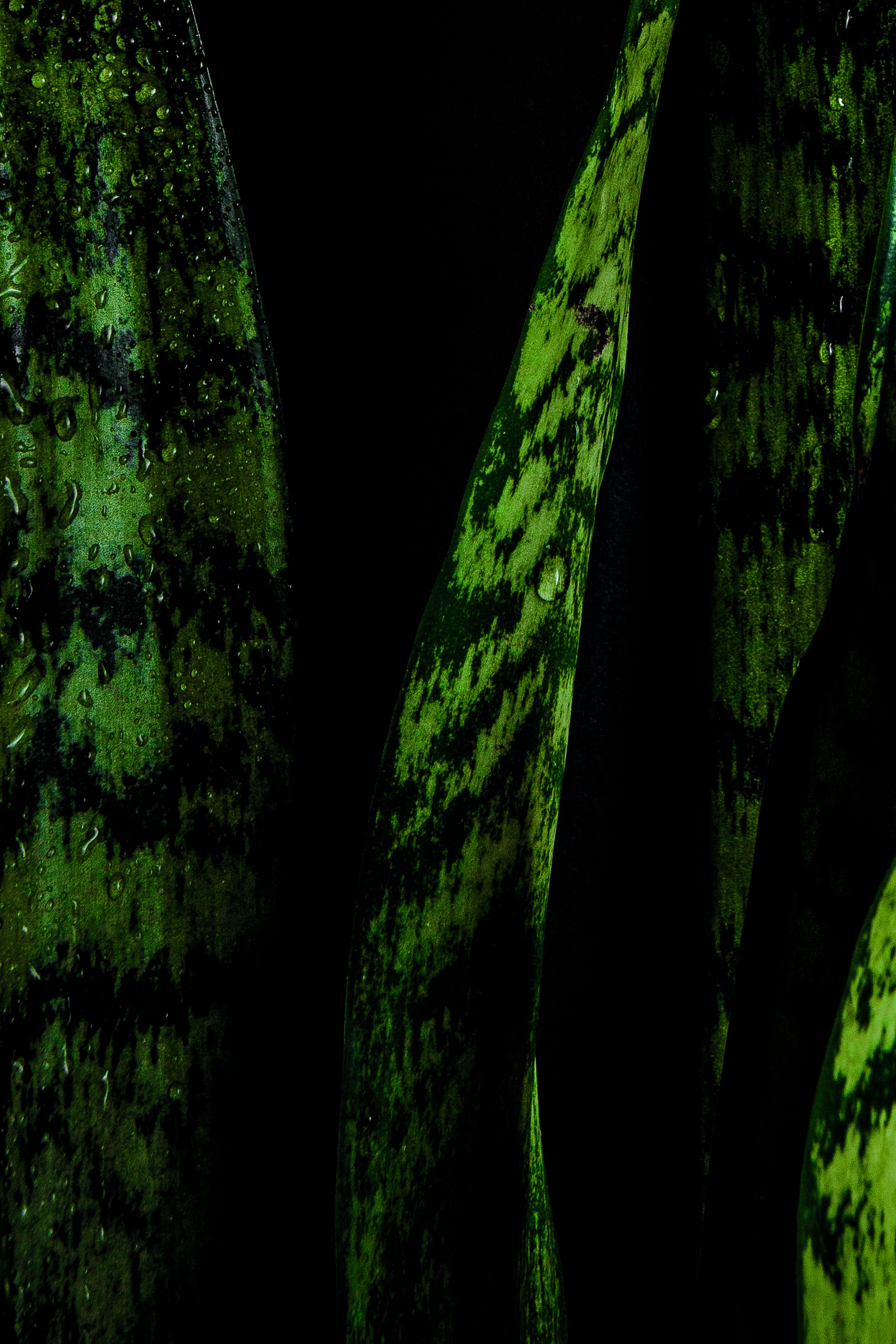
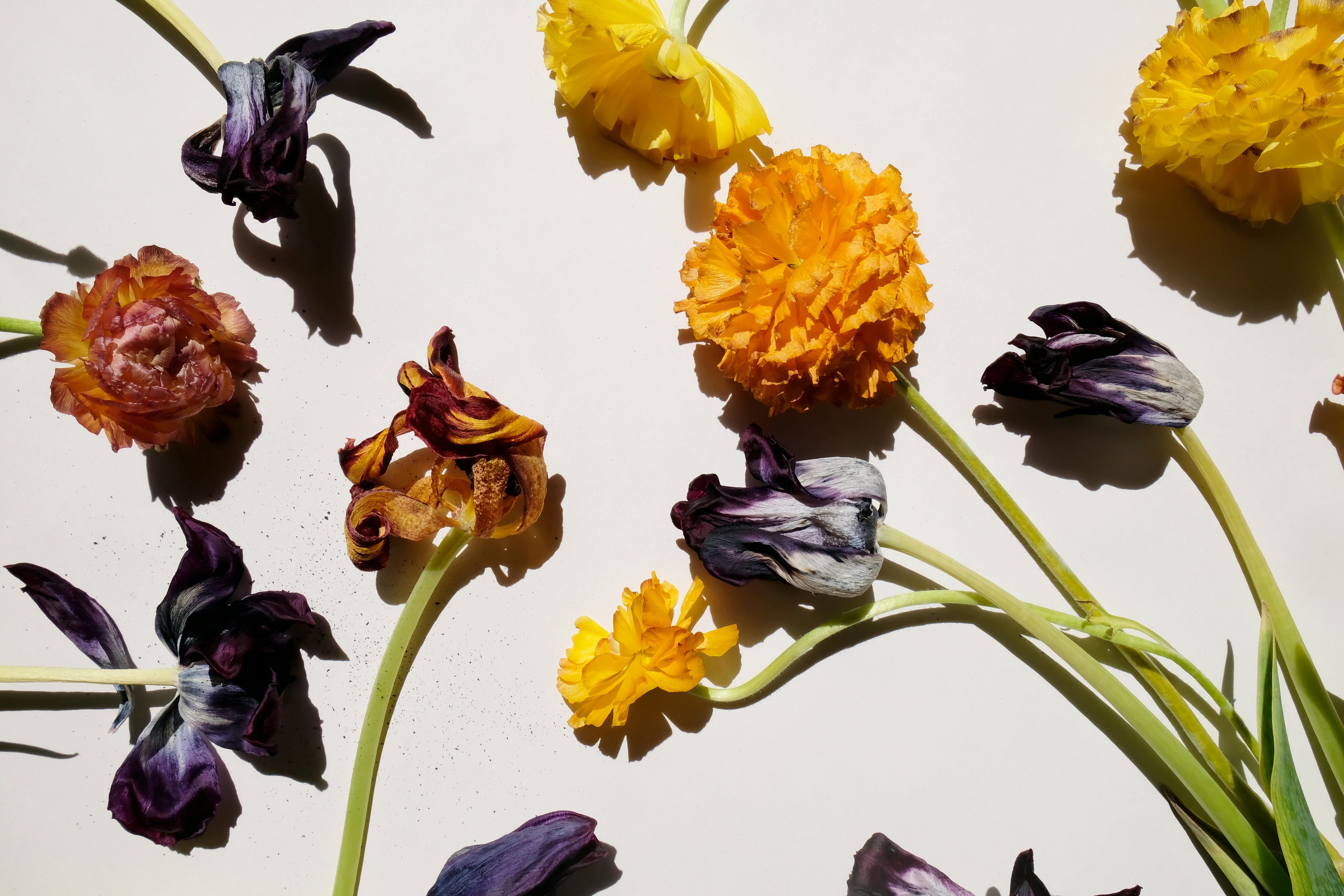
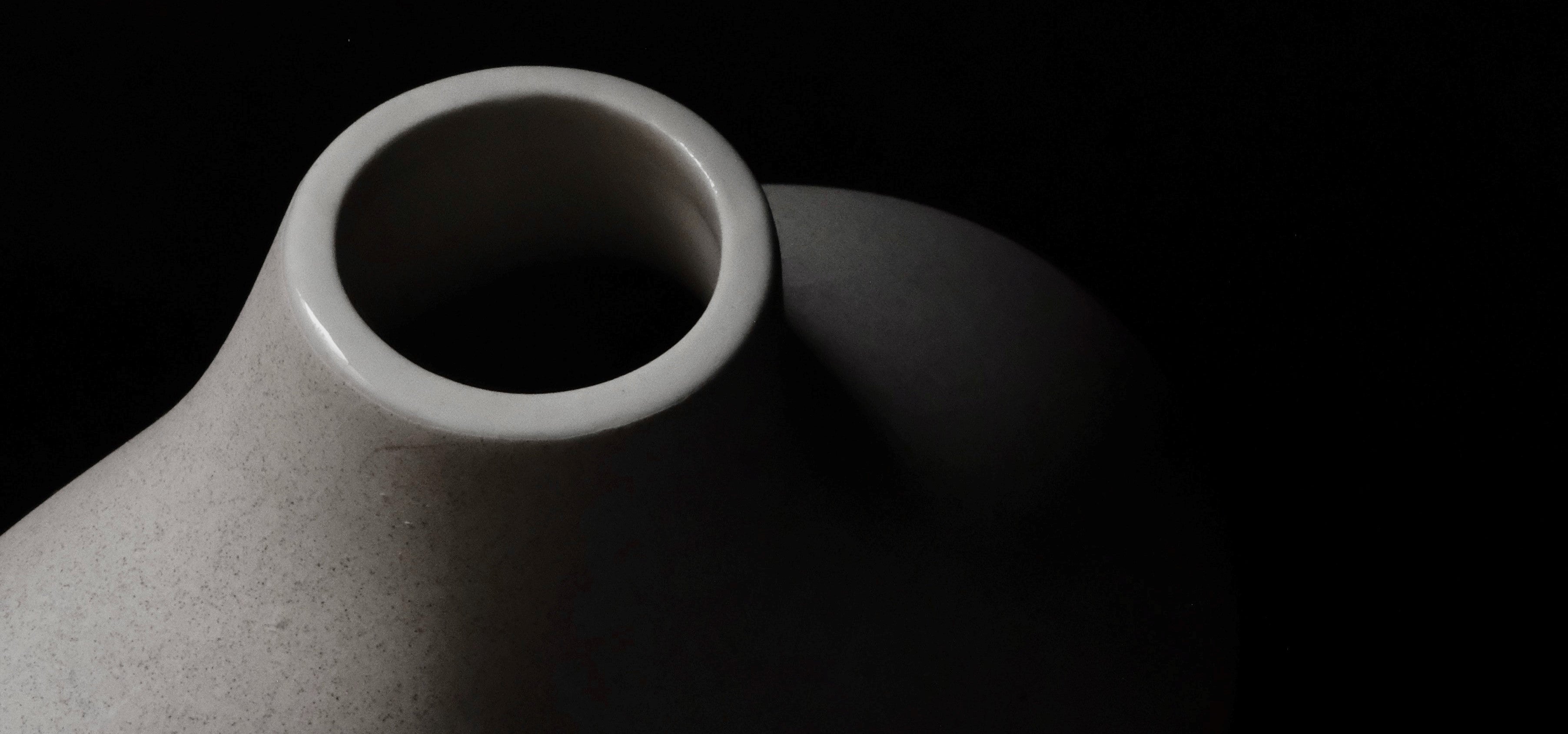
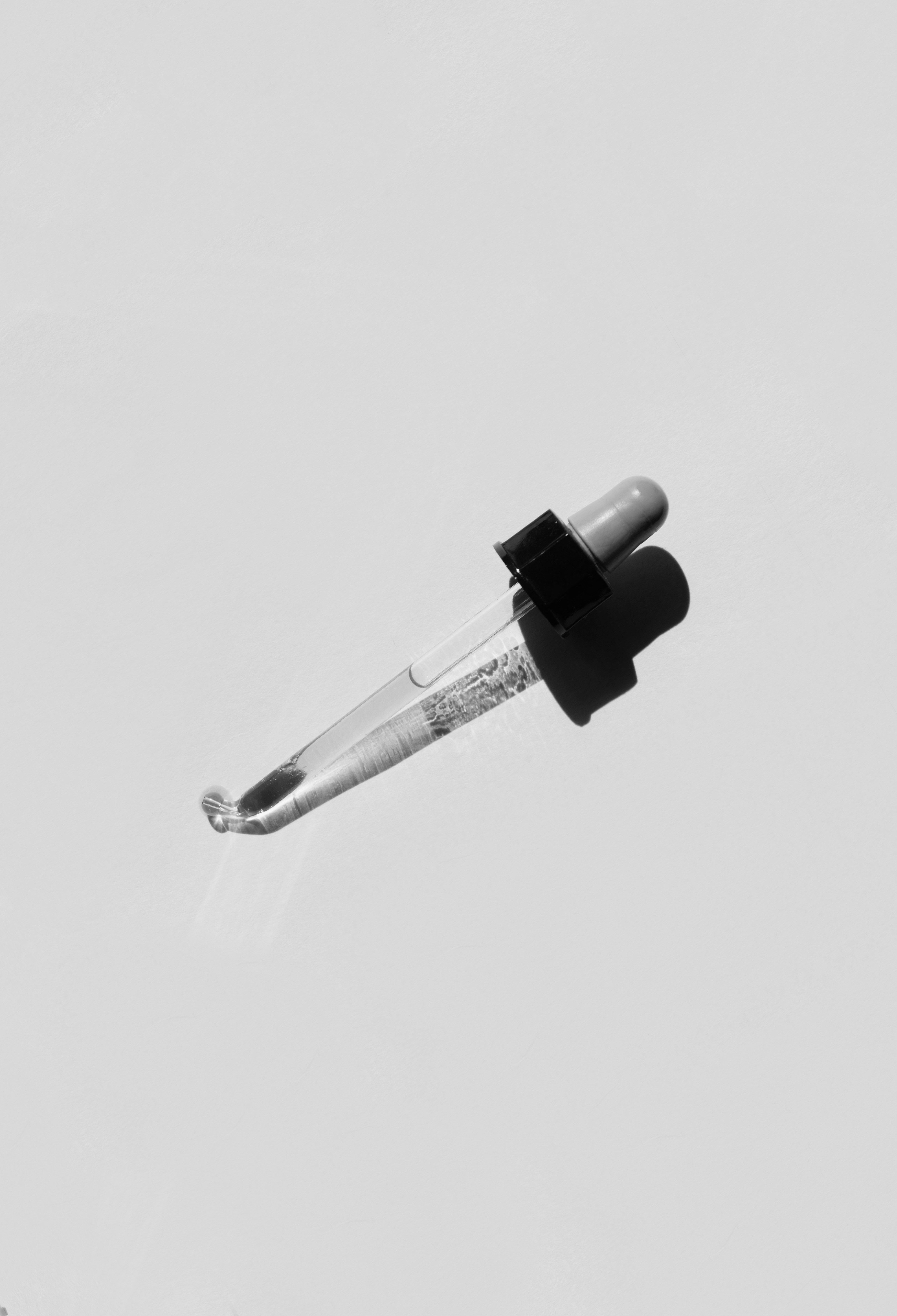

Leave a comment